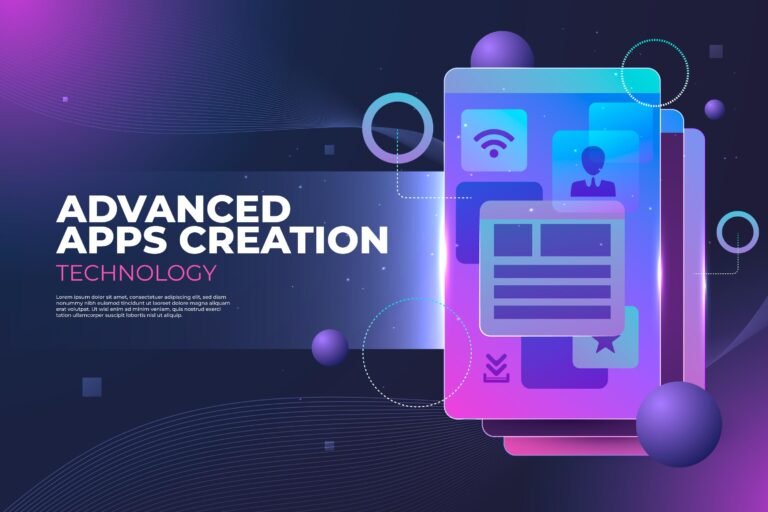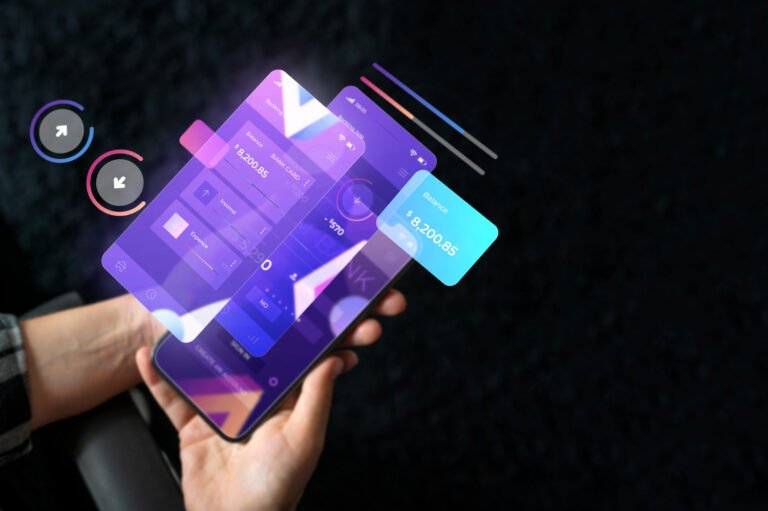Flutter App Development with WebAssembly: The Future of High-Performance Web Apps
The digital world is evolving at lightning speed, and businesses today face a constant challenge: how to build web applications that are not only visually stunning but also lightning fast,...
Read More

